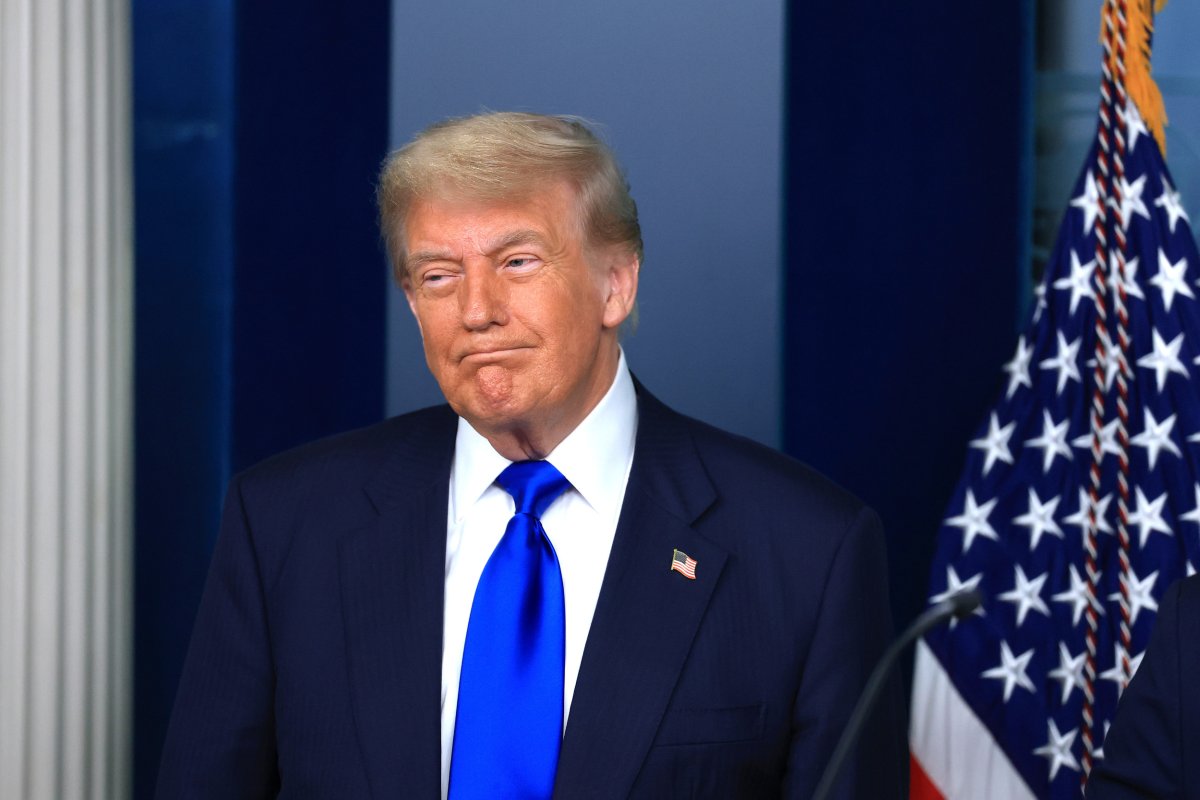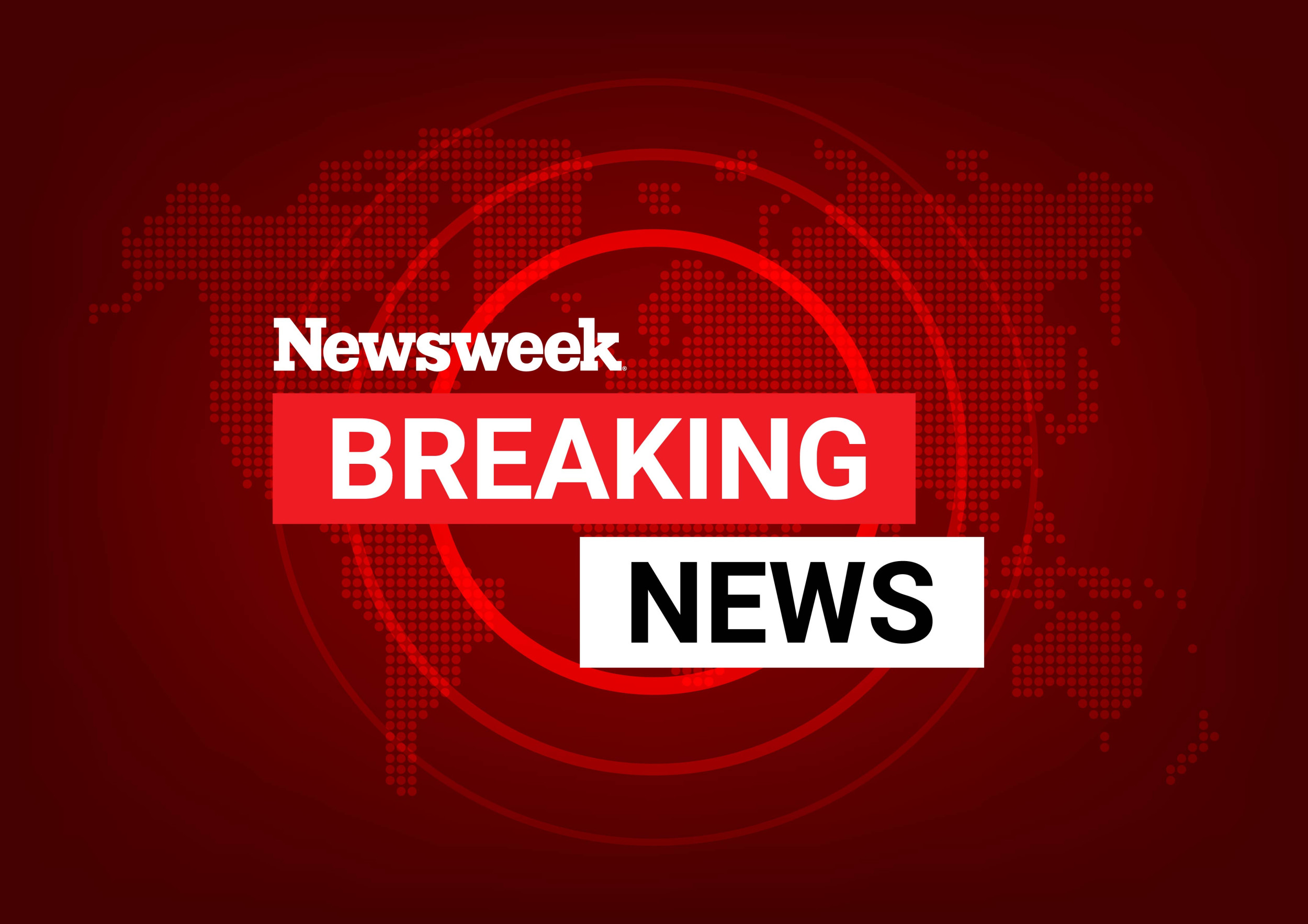The U.S. dollar has had its worst start to a year since 1973, weighed down by President Donald Trump‘s trade policy, a worsening outlook for the country’s ever-growing public debt, and concerns about the independence of the Federal Reserve.
The Financial Times reported that the U.S. Dollar Index had declined by 10 percent over the course of 2025, marking the weakest performance since the end of the Bretton Woods system, which was underpinned by the dollar’s convertibility to gold.
Trump has staked much of his political reputation on his handling of the economy, pitching himself as the leader who can slash household bills, put more money in Americans’ pockets through lower taxes, and lift commerce into a new golden age.
The dollar news coincides with the U.S. Senate gearing up to pass Trump’s much-tweaked One Big Beautiful Bill Act, the tax-cutting provisions of which are set to expand the deficit by trillions of dollars over the coming decade, putting pressure on the dollar.
Trump Trade Volatility
Import tariffs typically strengthen the currency. However, Trump’s disordered approach to trade, coupled with U.S. debt concerns and his pressure on the Fed to cut interest rates, has driven the dollar down.
In April, Trump upended the global trading system when he introduced individualized “reciprocal” tariffs on trade partners, intended to reflect the barriers he said the U.S. faces around the world.
He later paused those tariffs for 90 days amid market turmoil and fears of sparking a U.S. recession, to give space for trade talks, and recently indicated the deadline is not hard if those discussions are making progress.
Talks with different countries are ongoing, but are subject to sudden changes in direction. For example, Trump abruptly announced that he was canceling trade talks with Canada over its proposed digital services tax, which Ottawa then walked back, resuming negotiations.

Joe Raedle/Getty Images
Trump’s allies say his strategy of high-stakes brinkmanship and volatility is intentional, increasing the pressure on the other side, which is a key component of his approach to dealmaking.
A key purpose of Trump’s “America first” trade policy is to protect and rebuild the domestic manufacturing sector, which may benefit from a weaker dollar; however, any advantage would be mitigated by retaliatory import tariffs against the U.S.
A weak dollar—the world’s reserve currency—also has painful reverberations globally for those who conduct trade in U.S. dollars. Global companies with lucrative U.S. divisions will now see weaker dollar revenues as they convert them into other currencies.
Federal Reserve Pressure
Another key factor in the dollar’s decline is Trump’s unorthodox approach to monetary policy, openly questioning the Federal Reserve’s decision-making through commentary and pressure that brings its independence into question.
Trump has repeatedly made clear that he does not approve of Federal Reserve Chair Jerome Powell’s handling of monetary policy, firing insults at the central bank chief for not cutting interest rates sooner and saying he wants him replaced as soon as possible.
The president believes higher rates are holding back the American economy unnecessarily and costing borrowers, from the government down to consumers, too much in debt repayments.
The Fed’s key rate is currently set at a range of 4.25 percent to 4.50 percent.
Trump wants to see rates come down by as much as 3 percentage points, and has called Powell “very dumb” and “hardheaded,” and costing the U.S. billions of dollars. Lower rates would also likely further erode the value of the dollar.
However, Powell and the Fed are holding back from cutting rates to see the impact of the tariffs on inflation, which has cooled in recent months. Rate-setters are concerned that the tariffs will accelerate inflation later in the summer.
“For the time being, we are well-positioned to wait to learn more about the likely course of the economy before considering any adjustments to our policy stance,” Powell said in testimony before the House Financial Services Committee on June 24.
“We do expect tariff inflation to show up more,” Powell continued. “We really don’t know how much of that’s going to be passed through the consumer. We have to wait and see.”
Under questioning, Powell acknowledged that tariffs might not increase inflation as much as economists had forecast. That, he said, could lead the Fed to reduce rates more quickly. A sharp rise in the unemployment rate could also spur the Fed to cut borrowing costs more quickly, he said.
“We could see inflation come in not as strong as we expect,” he said. “And if that were the case, that would tend to suggest cutting sooner.” But when asked specifically about July, Powell declined to comment.
This article includes reporting by The Associated Press.
Update 6/30/25, 10:13 a.m. ET: This article was updated with additional information.
